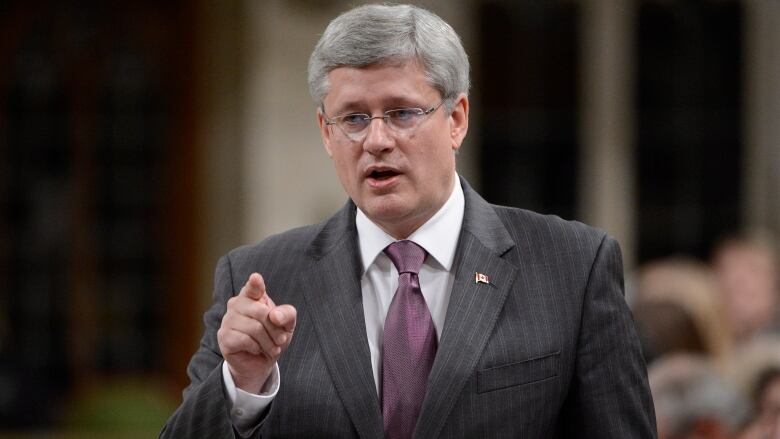Conservative campaign database fiasco costs party millions
System was supposed to replace internal database for tracking support

The Conservative Party of Canada has scrapped a multi-million dollar database paid for by money raised through supportercontributions.
At least $7 million and perhaps as much as $9 million was used to pay for a database the Conservative Party was developing to track its supporters and donors.
The party is now reverting to its old system, the Constituent Information Management System orCIMS. That program is being rolled back out to MPs and riding associations over the next few months, starting with the fourridingsfacing November byelections, according to a memo sent by the party's acting executive director.
What do you think?
Are you a Conservative with something to say about this story? Do you have tips? Email Laura Payton.
The project, known as C-Vote, elicited so many complaints among users that the partykilled it on Monday.
"Due to strong demand from caucus, our ridings, and database volunteers we will be re-instituting CIMS across the country," Dave Forrestell said in a memo to MPs and riding association presidents.
"While C-Vote has some great technicalfeatures, including advanced voter targeting, voter tracking and voter management tools, it was not sufficiently user-friendly for our volunteers and traditional CIMS users."
A number of party officials didn't know the Conservatives scrapped C-Vote until contacted by CBC News. Few were willing to speak on the record.
Boondoggle
CIMS was legendary for the information it held on anyone who had donated to the Conservative Party, taken a lawn sign, showed up at a party event or filled out a comment card and mailed it back to their MP.
Each supporter was assigned a score, with high scores meaning they could be hit up for more expensive donations or asked more frequently to donate.
The information in the database also helped the party ask supporters for repeatedsmall donations, the formula that built the Conservative Party's war chest.
To cover the cost of the new now junkedsystem, however, would take at least 280,000 donations of $25.
Few people in the party know the cost ofC-Vote, making it difficultto confirm the exact price for five years in development.
One senior party official, who requested anonymity because of the sensitivity of the issue, referred to C-Vote as a boondoggle.
Forrestell said the party thinks it can build some of the new functions into CIMS, rather than having to move to a new program.
Volunteers already trained
C-Vote had been in use for about a year. Volunteers, riding association workers and MPs' staff started training during the party's 2011 convention just after the May 2, 2011 election.
Conservative MP Peter Kent said C-Vote was full of glitches and he was happy to see it go.
"My initial response was it's about time," Kent said.
"CIMS is a proven mechanism to track constituency information and constituent information," he said.
"I think that there was a reasonable effort to come up with a successor technology to go even farther basically to streamline and make it easier to relate to constituent issues or constituent services."
Conservative spokesman Cory Hann, party president John Walsh and Senator Irving Gerstein, a lead fundraiser for the party, didn't return repeated phone calls andemails.












_(720p).jpg)


 OFFICIAL HD MUSIC VIDEO.jpg)
.jpg)



























































































